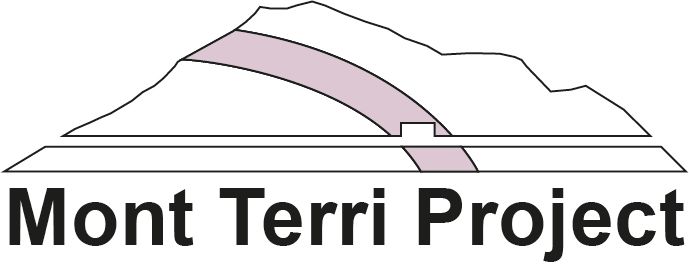Experiments
The Mont Terri rock laboratory offers ideal conditions for a variety of tests. The experiments are concentrated on three main areas:
Development of methods
One group of experiments comprises the development of new research and measurement methods, particularly adapted to the Opalinus Clay.
Characterisation of Opalinus Clay
Opalinus Clay is being investigated as a potential host rock for the storage of nuclear waste due to its specific characteristics.
Demonstration experiments
Demonstration experiments show the feasibility for a future deep geological repository for radioactive waste and the thermal-hydraulic-mechanical (THM) response of Opalinus Clay.
The most important experiments
Since 1996, experiments have been carried out in the Mont Terri rock laboratory. The expansion of the laboratory in 2018/2019 allows us to carry out new experiments.
Experiment portfolio
The Mont Terri rock laboratory is a generic laboratory. It is exclusively dedicated to research and will never be used as a storage site for radioactive waste.
FAQs and answers
During the visits to the Mont Terri rock laboratory similar questions are often asked to the guides. Below the five most frequent questions are answered briefly.
